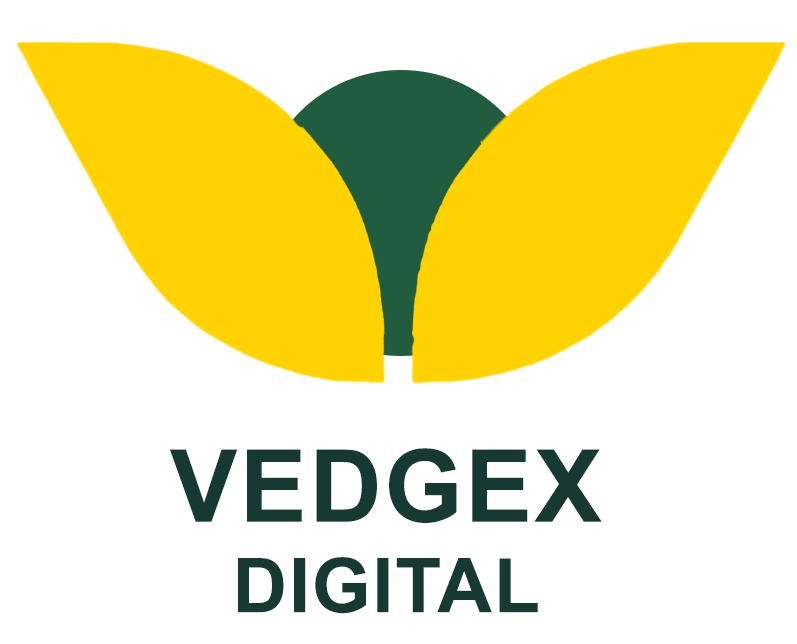Sustainability in advertising is moving from a talking point to a tangible operational framework. While many are unfamiliar with the Ad Net Zero Framework, it’s the organization’s 5-point action plan that will directly reshape how marketers plan, buy, and measure media.
For agency leads and marketing directors, understanding the Ad Net Zero Framework is no longer about corporate ESG; it’s about operational efficiency and future-proofing your strategies. This guide breaks down the five pillars into actionable insights, showing you how to reduce carbon emissions while simultaneously improving media performance.
Ad Net Zero is a global, five-point climate action programme to help the advertising industry to decarbonize their ad operations and supporting every industry to accurately promote sustainable products, services, and behaviours. Action 3 of Ad Net Zero’s five-Point Action plan helps the industry to reduce emissions from media planning and buying.
This playbook focuses on media, and makes a series of recommendations to establish transparency, consistency, and accuracy so that the industry can consider
how to voluntarily pursue reductions at an individual company level. It is important to note that addressing climate impact is just the first big step in our long and multi- faceted sustainability journey.
Academic estimates the media industry (e.g. the placement of ads into ad breaks and positions) at 2-3% of total greenhouse gas emissions. For some advertisers, media represents as little as 5% of total organization emissions, however, it can be as much as 40% of total emissions based on data shared with Ad Net Zero. Looking at marketing agency holding companies, media emissions as proportion of total emissions can climb to up to 55%, based on data available. Therefore, media emissions do represent an important area of focus for measurement and for consideration in reductions.
The Five Pillars: The Global Media Sustainability Framework
The Ad Net Zero framework is built on five interconnected action points designed to decarbonize the entire advertising lifecycle. For marketers, three of these pillars have immediate, practical implications.
Pillar 1: Reducing Emissions from Advertising Production
This pillar tackles the environmental impact of ad shoots. The practical shift is toward virtual productions, remote editing, and re-purposing existing assets. For marketers, this means approving treatments that prioritize sustainability and asking production partners for their carbon impact assessments. It’s a move from “bigger is better” to “smarter and sustainable.”
Pillar 3: Reducing Emissions from Media Buying
This is the most significant lever for digital marketers. It forces a critical look at the carbon cost of media impressions. The framework encourages adopting tools that measure the emissions of digital campaigns, much like we track viewability or CPC.
The strategic implication is a move toward quality over quantity. This means:
- Precision Targeting: Using first-party data to minimize wasted impressions
- Platform Selection: Prioritizing publishers and ad tech vendors who are transparent about their energy usage and powered by renewable energy
- Creative Optimization: Using efficient file formats to reduce the data weight of each ad served
Pillar 5: Leveraging Advertising for Sustainable Behavior Change
This is the strategic opportunity. The framework encourages brands to align their messaging with sustainable choices. However, this only works if Pillars 1-4 are addressed first. Authenticity is key; a brand cannot effectively advocate for sustainability if its own advertising supply chain is wasteful.
The ROI of a Lower-Carbon Funnel
Implementing this framework isn’t a cost center; it’s an efficiency driver. The same practices that reduce carbon emissions also improve ROI.
- Reduced Waste: Fewer wasted impressions mean a lower cost-per-acquisition
- Enhanced Brand Trust: Consumers favor brands demonstrating genuine commitment, which can improve customer lifetime value
- Competitive Advantage: Early adopters will be prepared for future regulations and client demands for sustainable media plans
Implementing the Framework
- Conduct a Media Audit: Analyze your current campaigns. Which partners have public sustainability commitments? How can you improve targeting to reduce wasted spend and emissions?
- Update Your RFP (Request For Proposal) Process: Start including questions about carbon emissions and sustainability practices when selecting new agency or tech partners.
- Pilot and Measure: Run a campaign with sustainability as a key performance indicator. Measure its financial performance against a baseline campaign.
Conclusion
The Ad Net Zero Global Media Sustainability Framework is fundamentally about eliminating waste from the advertising ecosystem. By adopting its principles, marketers can build more efficient, resilient, and trustworthy strategies. This isn’t a peripheral concern, it’s rapidly becoming a core competency for modern marketing leadership.
Download Your Copy of The Full Ad Net Zero Framework

